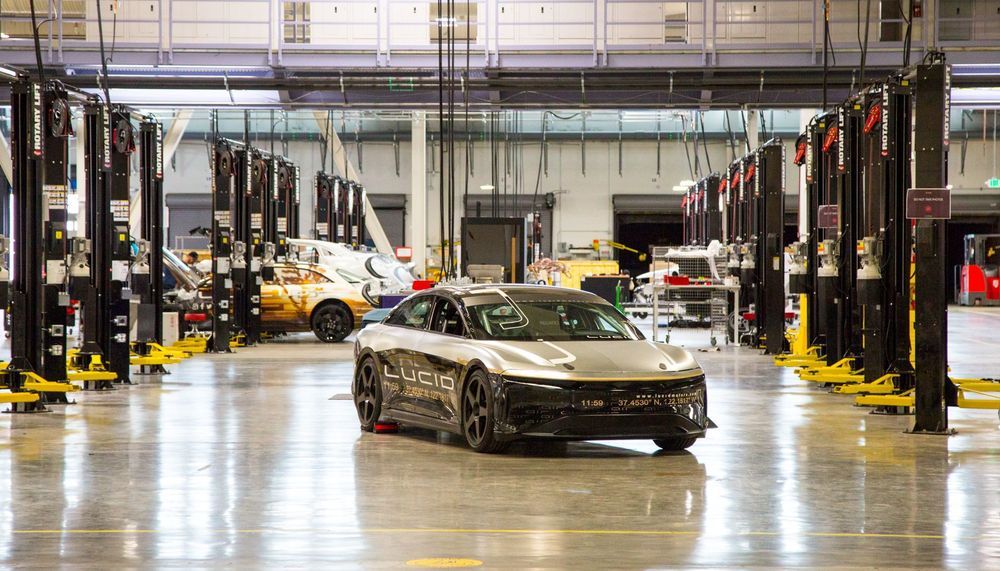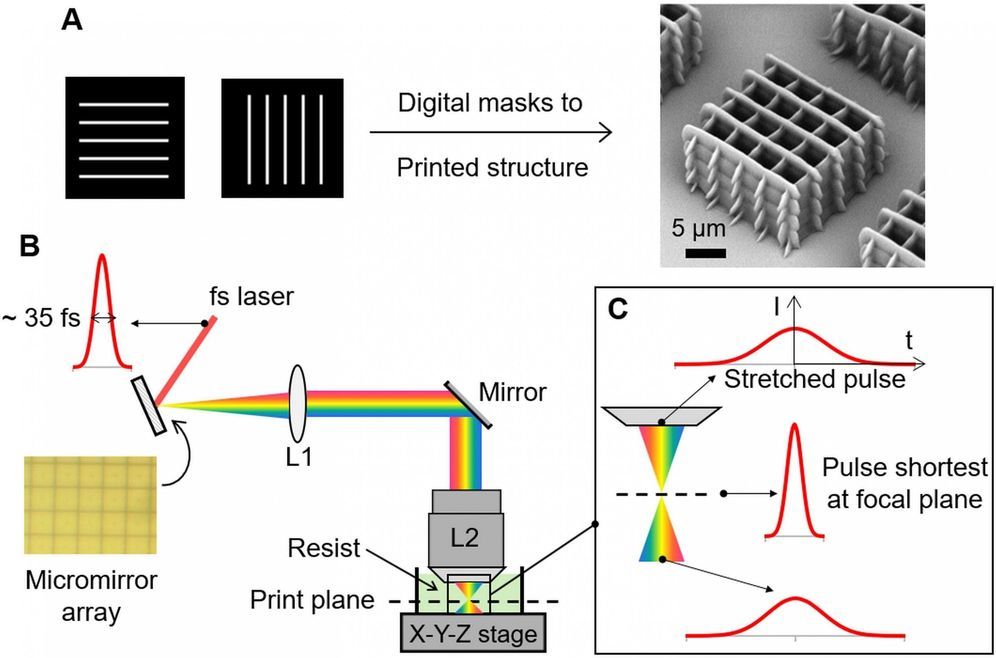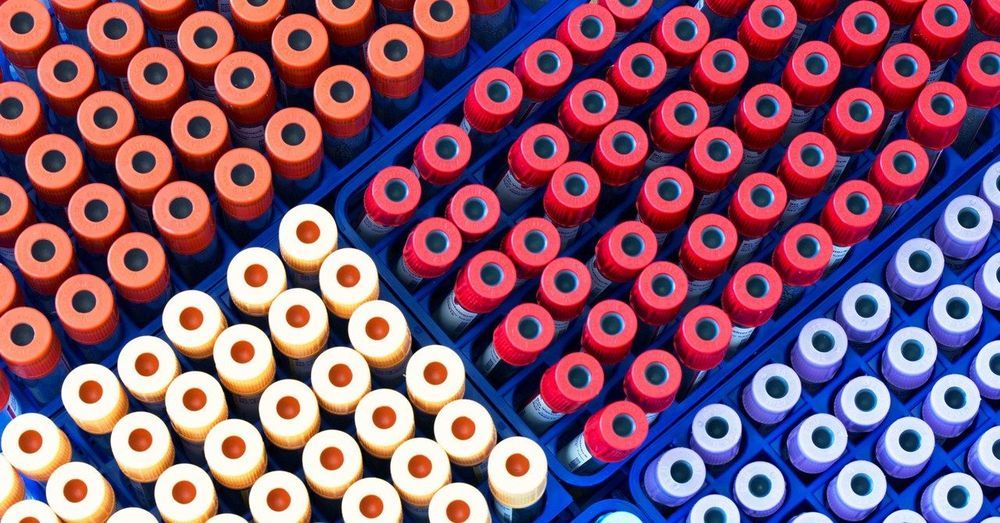Apple is said to be putting together a satellite network that could help iPhones and other Apple gear stay connected.



A team of mathematicians from the University of North Carolina at Chapel Hill and Brown University has discovered a new phenomenon that generates a fluidic force capable of moving and binding particles immersed in density-layered fluids. The breakthrough offers an alternative to previously held assumptions about how particles accumulate in lakes and oceans and could lead to applications in locating biological hotspots, cleaning up the environment and even in sorting and packing.
How matter settles and aggregates under gravitation in fluid systems, such as lakes and oceans, is a broad and important area of scientific study, one that greatly impacts humanity and the planet. Consider “marine snow,” the shower of organic matter constantly falling from upper waters to the deep ocean. Not only is nutrient-rich marine snow essential to the global food chain, but its accumulations in the briny deep represent the Earth’s largest carbon sink and one of the least-understood components of the planet’s carbon cycle. There is also the growing concern over microplastics swirling in ocean gyres.
Ocean particle accumulation has long been understood as the result of chance collisions and adhesion. But an entirely different and unexpected phenomenon is at work in the water column, according to a paper published Dec. 20 in Nature Communications by a team led by professors Richard McLaughlin and Roberto Camassa of the Carolina Center for Interdisciplinary Applied Mathematics in the College of Arts & Sciences, along with their UNC-Chapel Hill graduate student Robert Hunt and Dan Harris of the School of Engineering at Brown University.


It’s hard to believe this futuristic tram opened in 1901!
With two new satellites sent into space, China’s Beidou navigation system is one step closer to full deployment.

Any comments?
Ultraprecise 3D printing technology is a key enabler for manufacturing precision biomedical and photonic devices. However, the existing printing technology is limited by its low efficiency and high cost. Professor Shih-Chi Chen and his team from the Department of Mechanical and Automation Engineering, The Chinese University of Hong Kong (CUHK), collaborated with the Lawrence Livermore National Laboratory to develop the Femtosecond Projection Two-photon Lithography (FP-TPL) printing technology.
By controlling the laser spectrum via temporal focusing, the laser 3D printing process is performed in a parallel layer-by-layer fashion instead of point-by-point writing. This new technique substantially increases the printing speed by 1,000—10,000 times, and reduces the cost by 98 percent. The achievement has recently been published in Science, affirming its technological breakthrough that leads nanoscale 3D printing into a new era.
The conventional nanoscale 3D printing technology, i.e., two-photon polymerization (TPP), operates in a point-by-point scanning fashion. As such, even a centimeter-sized object can take several days to weeks to fabricate (build rate ~ 0.1 mm3/hour). The process is time-consuming and expensive, which prevents practical and industrial applications. To increase speed, the resolution of the finished product is often sacrificed. Professor Chen and his team have overcome the challenging problem by exploiting the concept of temporal focusing, where a programmable femtosecond light sheet is formed at the focal plane for parallel nanowriting; this is equivalent to simultaneously projecting millions of laser foci at the focal plane, replacing the traditional method of focusing and scanning laser at one point only. In other words, the FP-TPL technology can fabricate a whole plane within the time that the point-scanning system fabricates a point.

From the beginning of time, humankind has searched for the secret to a long life. Now science may have found an answer, in the form of molecular augury. The pattern of chemical chains that attach to the DNA in your cells—on-off switches known as epigenetic markers—can reveal how swiftly you are aging, and perhaps even how much longer you will live. While genetic testing might tell you where you came from, epigenetics promises a glimpse into the future. Now, a handful of companies are offering commercial blood or saliva tests based on the science of epigenetics—a chance to find out how old you truly are.
Companies claim they can now easily calculate your biological age. Should you take them up on it?

What ever happened to hydrogen cars?
Via Seeker